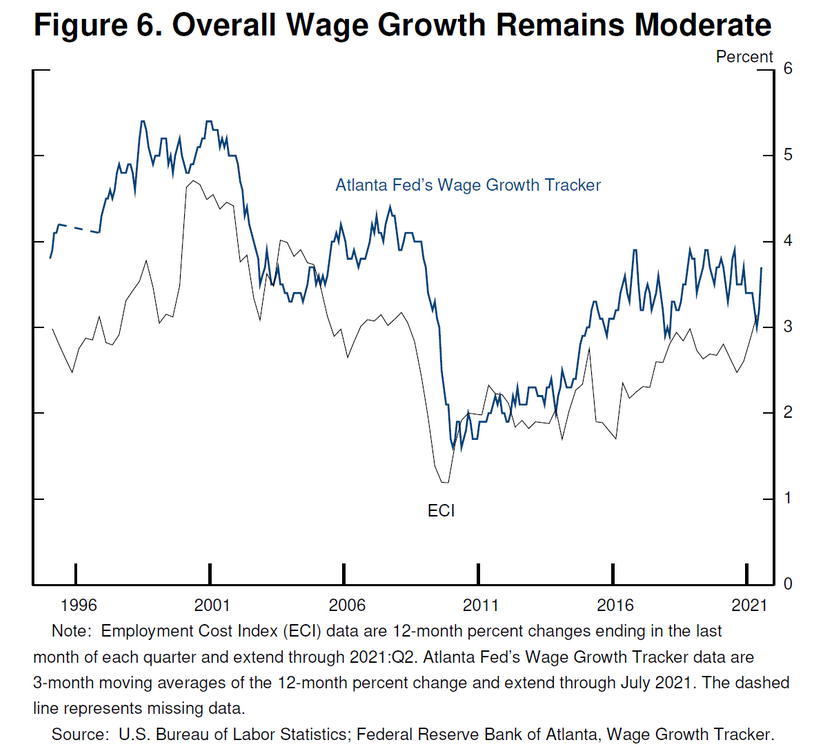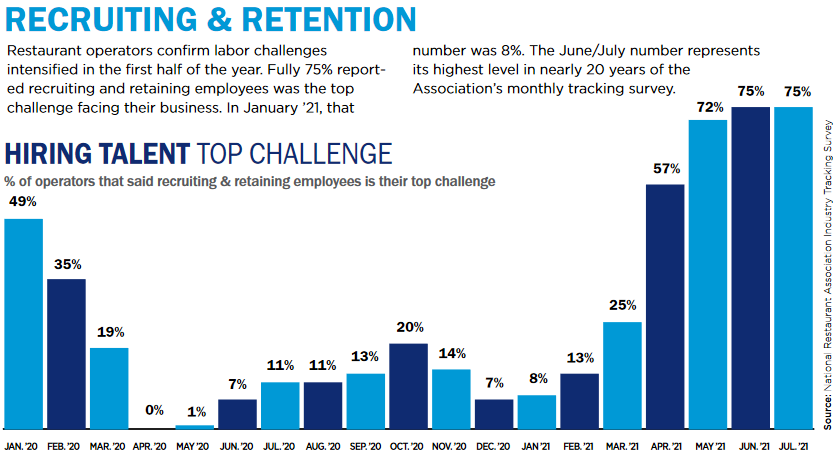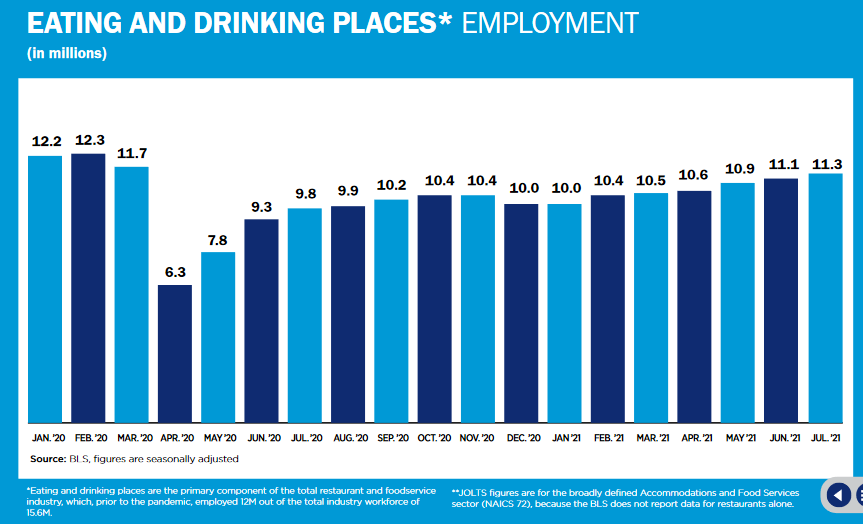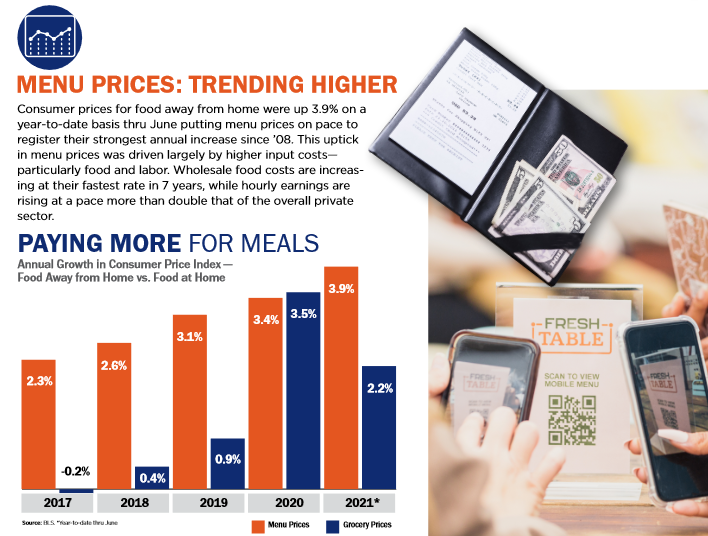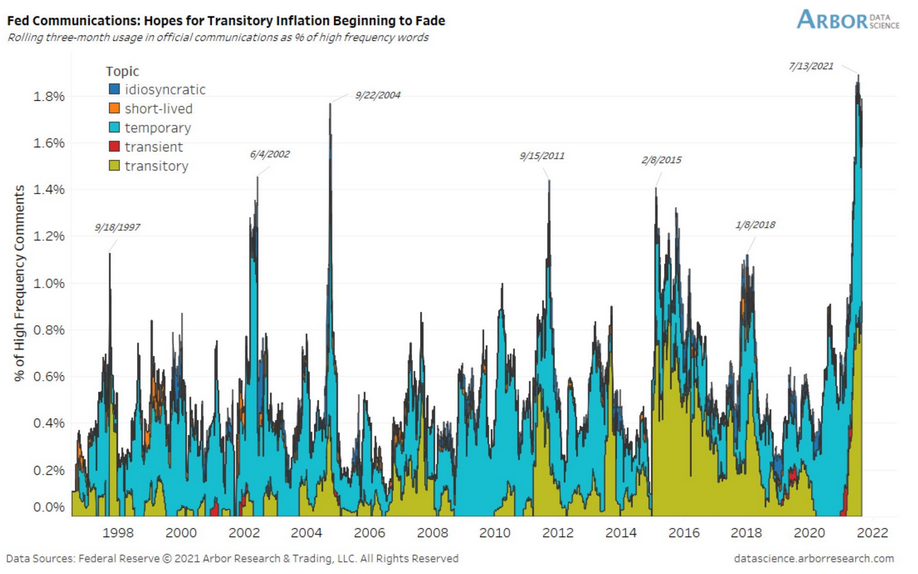If the USDX and U.S. Treasury Yields benefit from disappointing payrolls, what will that bode for gold and the rest of the precious metals?
With the Delta variant upending global economic activity, the latest coronavirus strain has grinded the reopening momentum to a halt. And while the lack of “substantial further progress” allows the Fed (and other central banks) to air on the side of caution, the Delta variant has only accelerated the inflationary fervor. Case in point: IHS Markit released its U.S. manufacturing PMI on Sep. 1. And while the headline index declined from 63.4 in July to 61.1 in August, the print was labeled the “softest for four months, but nonetheless among the strongest seen in the over 14-year series history.”
More importantly, though, as “material shortages hampered output growth [and] supplier delivery times increased markedly to one of the greatest extents on record,” pricing pressures hit new all-time highs.
Please see below:
Moreover, while the Delta variant has depressed business sentiment, once the health crisis abates, renewed economic momentum should support a higher USD Index and higher U.S. Treasury yields. For context, Siân Jones, Senior Economist at IHS Markit, wrote:
“US goods producers continued to register marked upturns in output and new orders in August, as demand flourished once again. That said, constraints on production due to material shortages exerted further pressure on capacity as backlogs of work rose at a near-record rate.”
And while COVID-19 has made its presence felt, the report concluded with:
“Business confidence regarding the outlook for output over the coming year strengthened in August. Greater optimism was linked to hopes of further growth in client demand.”
Building on that theme, the Institute for Supply Management (ISM) also released its manufacturing PMI on Sep. 1. And here, the headline index increased from 59.5 in July to 59.9 in August. Moreover, “the New Orders Index registered 66.7 percent, increasing 1.8 percentage points from the July reading” and “the Backlog of Orders Index registered 68.2 percent, 3.2 percentage points higher than the July reading.”
Timothy R. Fiore, Chair of the ISM Manufacturing Business Survey Committee, wrote:
"Business Survey Committee panelists reported that their companies and suppliers continue to struggle at unprecedented levels to meet increasing demand. All segments of the manufacturing economy are impacted by record-long raw-materials lead times, continued shortages of critical basic materials, rising commodities prices and difficulties in transporting products. The new surges of COVID-19 are adding to pandemic-related issues — worker absenteeism, short-term shutdowns due to parts shortages, difficulties in filling open positions and overseas supply chain problems — that continue to limit manufacturing-growth potential. However, optimistic panel sentiment remained strong, with eight positive comments for every cautious comment.”
Likewise, while pricing pressures increased in August (though, at a slower pace), the report revealed that “16 of 18 industries reported paying increased prices for raw materials.”
As for the regional surveys, the ISM released its Chicago Business Barometer on Aug. 31. And while the headline index decelerated month-over-month (MoM), “Order Backlogs climbed 11.6 points to 81.6, the highest reading since 1951” and “Supplier Deliveries shot up 6.3 points to a three-month high of 92.8, with one survey respondent reporting the worst delivery times in three years.”
Please see below:
Moreover, with excessive lead times accelerating the pricing pressures, inflation is showing no signs of slowing down:
 Source: ISM Chicago Business Barometer
Source: ISM Chicago Business Barometer
Also sounding the inflationary alarm, the National Restaurant Association released its State of the Restaurant Industry report on Aug. 31. For context, the mid-year update covers key industry indicators and trends as of June/July through extensive surveys of restaurant operators and consumers.
And while Fed Chairman Jerome Powell said at the Jackson Hole Economic Symposium on Aug. 27 that “we see little evidence of wage increases that might threaten excessive inflation,” the year-over-year (YoY) percentage increase in the Employment Cost Index (ECI) in the second quarter (3.55%) was the highest since 2002. For context, Powell actually cited the Atlanta Fed’s wage tracker and the ECI to support his conclusion.
Please see below:
However, more representative of the current climate, average hourly earnings in the leisure & hospitality sector surged by 9.63% YoY on Aug 6. And with the National Restaurant Association revealing that “labor challenges intensified in the first half of the year” and that “75% [of respondents] reported recruiting and retaining employees was the top challenge facing their business,” wage inflation is poised to accelerate. For context, only 8% of respondents cited hiring as their “top challenge” in January but “the June/July number [75%] represents its highest level in nearly 20 years of the Association’s monthly tracking survey.”
Please see below:
What’s more, with economics 101 and the supply/demand curve contradicting Powell’s position, staffing levels at restaurants are more than 8% below their pre-pandemic high of 12.3 million. And with the restaurants & accommodations sector home to more than 1.4 million job openings as of Jun. 30 (BLS data), the figure was more than double the January 2021 reading and was the highest since the data collection began in 2000. Thus, does it seem like wage inflation will moderate anytime soon?
To that point, with input costs accelerating in conjunction with persistent wage inflation, restaurants are paying a hefty price to maintain operations.
And with the merry-go-round of cost-push inflation performing as expected, higher menu prices (the orange bars below) demonstrate how U.S. restaurants are not sitting idly by and watching their profit margins deteriorate.
Furthermore, while Powell has parroted the “transitory” narrative on numerous occasions, Fed officials’ belief in his wisdom is starting to falter.
Please see below:
To explain, the color blocks above track Fed officials’ messaging of “transitory” and other words of a similar meaning. If you analyze the right side of the chart (though, it’s hard to make out), you can see that like-minded language peaked on Jul. 13 and has been moving lower ever since.
Similarly, Fed officials’ passive language has also moved sharply lower. And with terms like “patience,” “assessing” and “long way” being used increasingly infrequently, it signals that conflicting opinions and taper anxiety remain ripe within the Fed.
Please see below:
To explain, the color blocks above track Fed officials’ preference for dovish commentary. If you analyze the right side of the chart, you can see that the basket of terms has rolled over and the equilibrium has fallen to the more hawkish side of the coin.
The bottom line…
While the ADP’s private payrolls disappointed on Sep. 1 and U.S. nonfarm payrolls may follow suit on Sep. 3 due to the Delta variant (though, the ADP report and U.S. nonfarm payrolls have little to no correlation), taper momentum is still building. And with the USD Index and U.S. Treasury yields poised to benefit from the eventual announcement, precious metals investors are demonstrating heightened hesitation.
In conclusion, the PMs moved lower on Sep. 1 despite a weaker USD Index and mixed performance from U.S. Treasury yields. And with the latter’s fundamentals only obstructed by the Delta variant, progress on the health front should add to the former’s ills over the medium term. As a result, the seeds have been sown for another sharp decline in precious metals prices and it’s likely only a matter of time before the climax unfolds.



